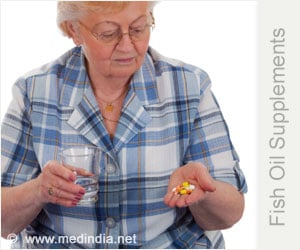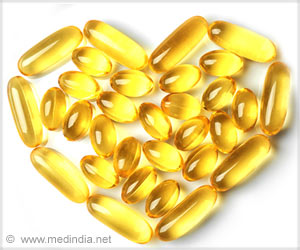Highlights
- DHA and docosanoids (molecules made in the brain at the onset of injury or disease) are responsible for activating sustained cellular mechanisms that elicit long-term preconditioning protection. //
- Omega-3 PUFAs and their enzymatic metabolic derivatives, docosanoids, display potent anti-inflammatory and pro-resolving properties.
- DHA and the induction of docosanoid synthesis are necessary for preconditioning protection of photoreceptor cells.
Preconditioning (PC) stimulus is a sub-lethal or pharmacologic stressor that activates a counter-regulatory protective response to a future lethal stimulus.
Preconditioning takes place when, for example, the blood supply to an organ is interrupted for a short time and then reestablished. The protective response from that first injury would carry over to a subsequent blood supply shortage, much like the immunity a vaccine confers against future exposures to disease.
"This happens in the heart, brain and retina, as well as other organs," Dr. Bazan says. "To harness the therapeutic potential of preconditioning, it is very important to identify the molecules directly involved."
Fish Oil for Anti-inflammation
Omega-3 PUFAs and their enzymatic metabolic derivatives, docosanoids, display potent anti-inflammatory and pro-resolving properties in contrast to the pro-inflammatory actions of omega-6 PUFA derivatives.
"Our findings demonstrate that DHA and the induction of docosanoid synthesis are necessary for preconditioning protection, and thus daily survival, of photoreceptor and RPE cells," adds Bazan.
"Since omega-3 impairments are associated with neuroinflammation, which contributes to photoreceptor cell dysfunction and death, enhancing the synthesis of docosanoids may provide an opportunity for halting or ameliorating debilitating retinal degenerative diseases, such as the dry form of age-related macular degeneration," concludes Bazan.
Reference
- Eric J. Knott, William C. Gordon, Bokkyoo Jun, Khanh Do, Nicolas G. Bazan. ’Retinal Pigment Epithelium and Photoreceptor Preconditioning Protection Requires Docosanoid Signaling.’ Cellular and Molecular Neurobiology (2017). http://dx.doi.org/10.1007/s10571-017-0565-2.
Source-Medindia
















